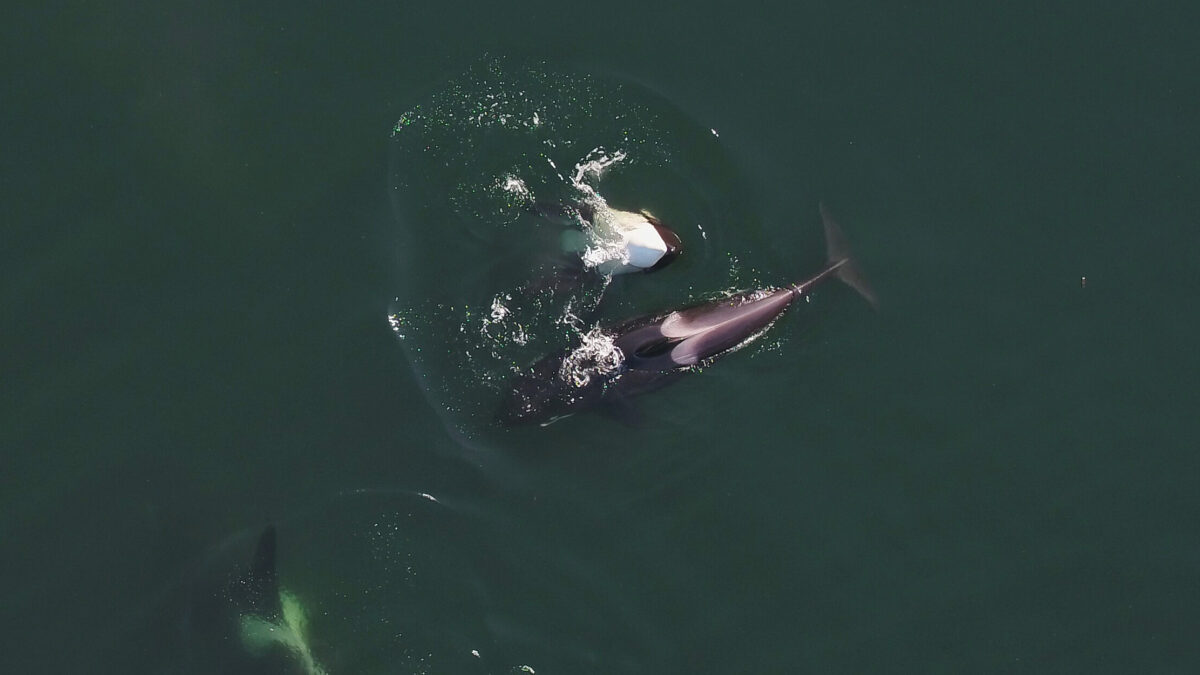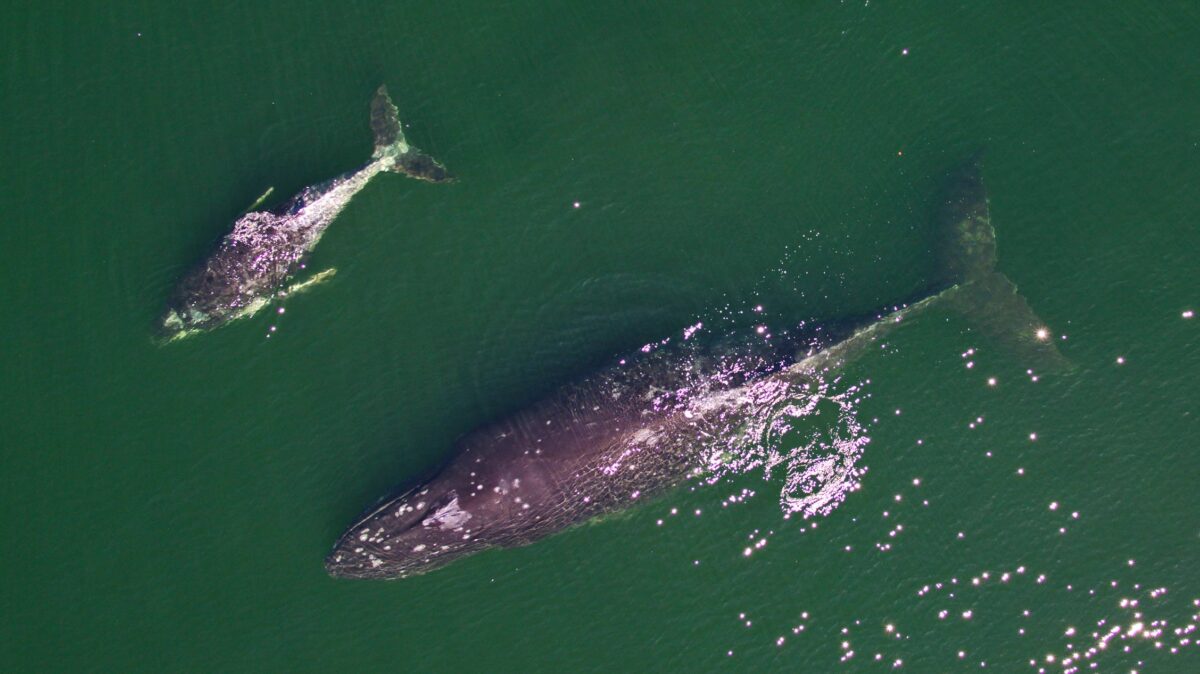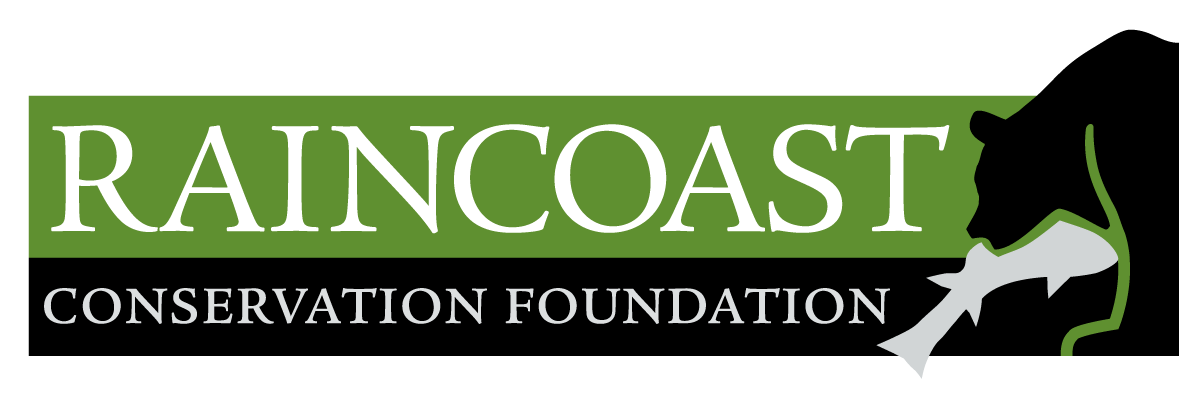Cetacean Health: using imagery to understand the health of killer whales
Photo by Lance Barrett-Lennard / Ocean Wise.
Our annual monitoring program, in collaboration with OceanWise Research, assesses the health of whales. Every year we take aerial photos of individually identified resident killer whales with small, minimally invasive drones, and use photogrammetry to accurately measure the whales’ body condition and growth rates, and determine whether they are pregnant. Our measurements provide a direct indication of the whales’ nutritional status and allow us to draw reliable inferences about their overall health. The value of this research is that it allows us to assess the impact of salmon abundance–which is strongly influenced by human fisheries–on the whale’s reproduction and survival.


Applied research
Findings from the photogrammetry research thus far helped motivate increased restrictions on sport and commercial fisheries in Canada, as well as the creation of sanctuary zones where the whales can forage without disturbance by boats. It also provided valuable insights into Chinook stocks of greatest importance to Southern Residents—an analysis we plan to begin shortly with Northern Residents. The time series of body condition measurements on both populations becomes more valuable with each passing year.
Project history
In 2014, Lance Barrett-Lennard worked with Washington-based research colleagues, Drs. John Durban and Holly Fearnbach, to develop a photogrammetry-based method of assessing the body condition of killer whales using aerial photographs from minimally invasive, boat launched drones. The study was a key recommendation of a US/Canadian panel attempting to assess the impact of salmon fisheries on Southern Resident killer whales.
The project grew into an annual monitoring program, monitoring Northern and Southern Resident killer whales and Bigg’s killer whales opportunistically. Comparing the two populations, one in perilous condition and the other recovering, has helped make it possible and practical to determine when killer whales are nutritionally stressed, and to assess the impacts of such stress on survival and reproduction.

Recent articles
Episode 10: How crises lead to connection with Murray Ned, Lower Fraser Fisheries Alliance
What can we learn from the perseverance of salmon?
Join us November 20th for the 2025 Raincoast Ocean Science Awards
Four awards will be presented to honour those making waves…
In the Salish Sea, tensions surrounding killer whales and salmon are about more than just fishing
Amidst enduring perceived conflict between anglers and killer whale advocates,…
New study reveals pathways to transform conflict over contentious salmon and killer whale management in B.C.
Although differences in some beliefs and management priorities were stark,…
Episode 9: Bridging the gap between salmon scientists and anglers with Fishing with Rod
A salmon habitat biologist and a recreational angler sit down…
Join us for a free five-day land-to-sea educational expedition through the Salish Sea
To apply, please complete the application form.
Another devastating loss for the Southern Residents
On Friday, September 12th, researchers from the Center for Whale…
Episode 8: Salmon 101 with Allison Dennert and Dave Scott
Two Raincoast salmon researchers join Auston Chhor to discuss salmon…








